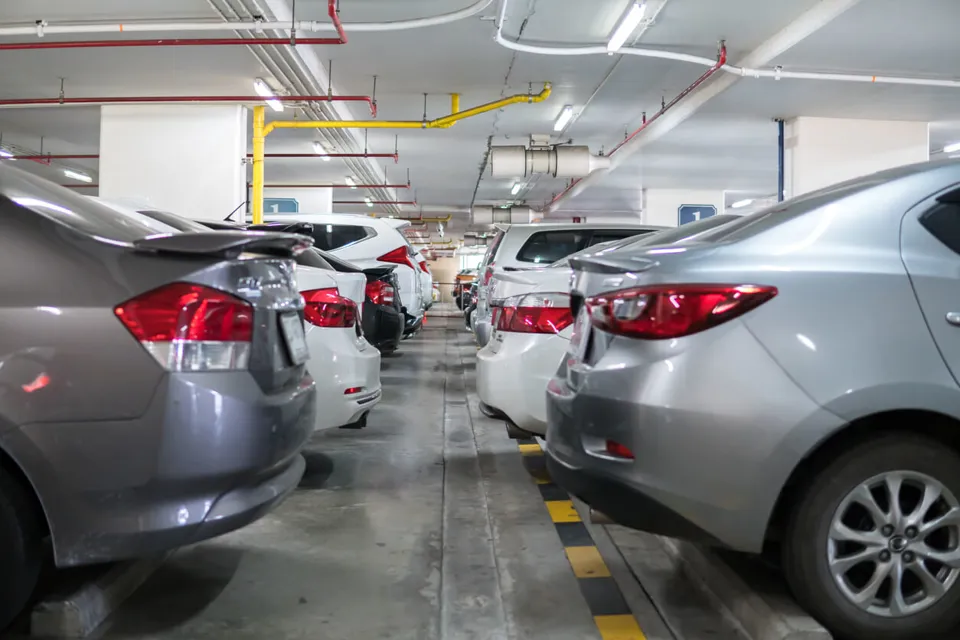Contract hire and leasing companies live or die by accurately predicting vehicle sale prices and while a ‘marginal tailing back’ of values from current levels is being predicted if the economy improves, a raft of uncontrollable influences means a precarious balancing act is being pursued.
The Government is a major influencer on used van demand, but leasing company residual value experts are also keeping a watching brief on economic conditions across Europe.
Meanwhile, a trend for longer replacement cycles will impact on used van values as will vehicle condition with service history critical as the average age of defleeted vans rises.
Ben Newton, head of pricing research at Lex Autolease, summed up the mood saying: “Forecasting van residual values in the current climate is a real balancing act. Although we are currently assuming residual values to remain at about current levels - pretty flat - it would not be a huge shock if prices fell.”
History plays a key role in helping leasing company residual value forecasting. As new van registrations are down on historic levels, prices should increase and remain high over the next few years because supply into the used market is down.
A close watch needs to be kept on Government activity. If it moves from its current plan of austerity measures to stimulate economic growth, it could change the current picture.
The combination of a depressed economy and a shortage of supply is keeping residual values high.
However, leasing companies are becoming wary of the impact of new van discounting by vehicle manufacturers. Reports exist of discounts of 30-40% in some cases and that is depressing the long-term residual value view of the leasing sector.
Roger Holder, remarketing manager of Hitachi Capital Commercial Vehicle Services, which has more than 30,000 commercial vehicles on its fleet, believes the used market will begin to change from 2014 as more vans enter the sector if SMMT forecasts for rising new van sales prove correct.
He said: “Those extra used vehicles coming back into the market will reduce used values by a few percentage points. However, we believe used demand will remain strong.”
Holder pointed out that many of the small businesses that relied on a van to run their company were likely to continue to struggle to gain credit to buy a new vehicle so would have to buy used.
“Nearly 500,000 businesses were set up in 2012 and many of these entrepreneurs will need a van, so we believe demand for older used vehicles is likely to continue,” he said.
“They typically buy used vans around four-five years old and under £5,000 in value so when a van enters the used market in 2014, 2015, 2016 it should quickly find a home with these buyers.”
Although buyers of used vans are typically SMEs that either dip into their own funds or borrow money to buy vehicles, Newton calculates that the cost of leasing a new van on a contract hire with maintenance package could be less than buying and maintaining a used van.
“If SMEs moved into new vehicles then that would influence used van prices,” he said.
Nick Hardy, sales and marketing director, Ogilvie Fleet, says the rising price of new vans has contributed to the high prices paid for used vehicles.
“Supply and demand drives the market. With sales of new vans rising, manufacturers can tip toe once or twice a year and increase new van prices. They have been doing that for some time and that has not dented sales,” said Mr Hardy, who is forecasting a “marginal tailing back of LCV residual values but no significant reductions”.
He believes that a critical influence on marketplace condition is a strengthening of the constructions and housing sectors.
The Stirling headquartered Ogilvie Group operates in both sectors - as well as fleet - and Hardy said: “They are markets that need to improve to boost the economy.
“The sectors are heavily involved with commercial vehicles - not just the actual builders but sub-contractors as well. If those sectors strengthen - as they need to for the economy to improve - that will then feed through into the new and used van markets with the likelihood of more strength in the market so that is also convincing us to keep residual values where they are bar a few percentage points.”

















Login to comment
Comments
No comments have been made yet.